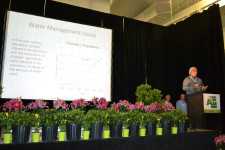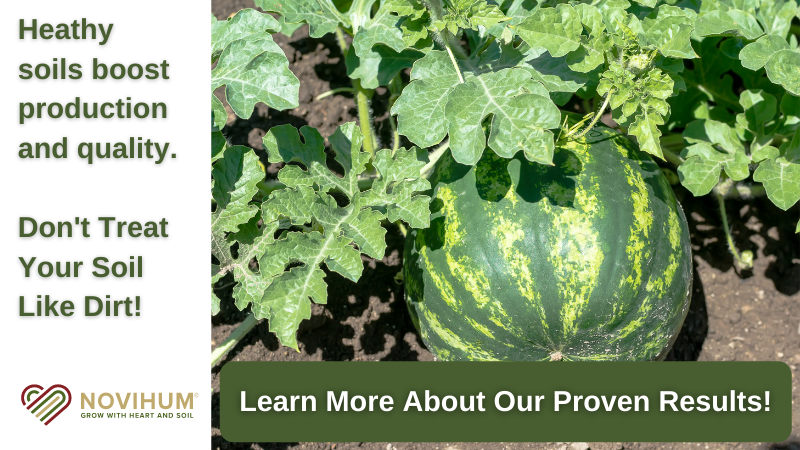Florida Growers Breaking The Surface To Calm Water Woes

Reliable as seabreeze thunderstorms during wet season afternoons, so is the debate over water policy in the Sunshine State. During the 2013 All Florida Ag Show, a panel of experts attempted to wade through one of the most persistent challenges facing not only the state’s agriculture interests, but also the entire state itself.
Set up to provide different perspectives of the issue, when everything was boiled down, all panelists were in agreement that water quality and supply are the main challenges for Florida growers. To that end, Florida has one of the more extensive water quality programs in the country. This came in handy when it came down to finding a long-fought compromise with the proposed numeric nutrient criteria from EPA. Real-world evidence from the local scientific community helped set standards rather than federally mandated measurements. Just getting to that point includes challenges of separating fact from fiction, said Darrell Smith, assistant director of FDACS’ Office of Agriculture Water Policy. “We must work to inform Florida’s population of the realities,” Smith said. “Standards are set without regard to reality; systems are not 100% efficient; travel times, legacy nutrients, and biological systems do not respond in our time frames, rainfall, limited technology, etc.”
On the flip side, Smith said the successes need acknowledgement, too. Implementation of best management practices (BMPs) produced a 71% phosphorus reduction in the 470,000-acre Everglades Agricultural Area farming region south of Lake Okeechobee for the 2012 monitoring period. This was a new high-water mark for nutrient management on top of ongoing water quality improvement strategies.
Growing With The Flow
According to a recent study conducted by the UF/IFAS Center for Public Issues Education, Florida residents are tuned into the importance of water in their everyday lives. Smith pointed out survey respondents listed clean drinking water as top priority, followed by clean beaches, estuaries and other water bodies, plentiful water for agriculture, and clean groundwater. “It’s encouraging the general public realizes the importance of water for agriculture,” Smith said.
Growers are helping solve these challenges through privately owned ag lands, stormwater retention, continuing research, and by using BMPs via new tools and technology as well as improved irrigation systems such as drip and microjet. Fellow panel member Benita Whalen, formerly of Southwest Florida Water Management District, expressed the importance of BMPs to agriculture’s sustainability. “BMPs are the cornerstone to achieving restoration efforts,” she said.
Over the last century, population growth, industrial development, and the expansion of irrigated farmland have contributed to an enormous increase of water usage. As this trend shows no sign of slowing, Kelly Morgan, UF/IFAS, said the task now is to improve the efficiency of the system. The ability to reduce leaching is at the center of the assignment. The objective is to not apply more irrigation water than the root zone can hold, Morgan noted. In order to determine this, it helps to know how much water the root zone can hold as well as the maximum system run time before leaching occurs. Compensating for Florida’s multiple soil types is part of the challenge for growers, from clay-based soil up north to muck in the south and the more coarse mix in between. “Our sandy soils are key to irrigation practices,” Morgan said.
Tapped Into Tools
Another key component involves monitoring climatic factors like evapotranspiration — the loss of water from a vegetated surface through the combined processes of soil and plant evaporation and plant transpiration. Morgan said researchers are working on smartphone apps that will connect with UF’s Florida Automated Weather Network (FAWN). The FAWN site currently has features that allows growers to access detailed graphic weather data. In addition, freeze protection intelligence and disease control data are part of the navigation. While desktop/laptop access is leaps and bounds ahead of water management tools of the past, the smartphone app approach allows greater motility for today’s farmers.
As a complement to FAWN, Morgan pointed out other water management info-rich digital resources, including UF/IFAS irrigation research Extension portals as well as the University’s Water Institute. “These are tools to help growers become even more efficient,” Morgan said.









